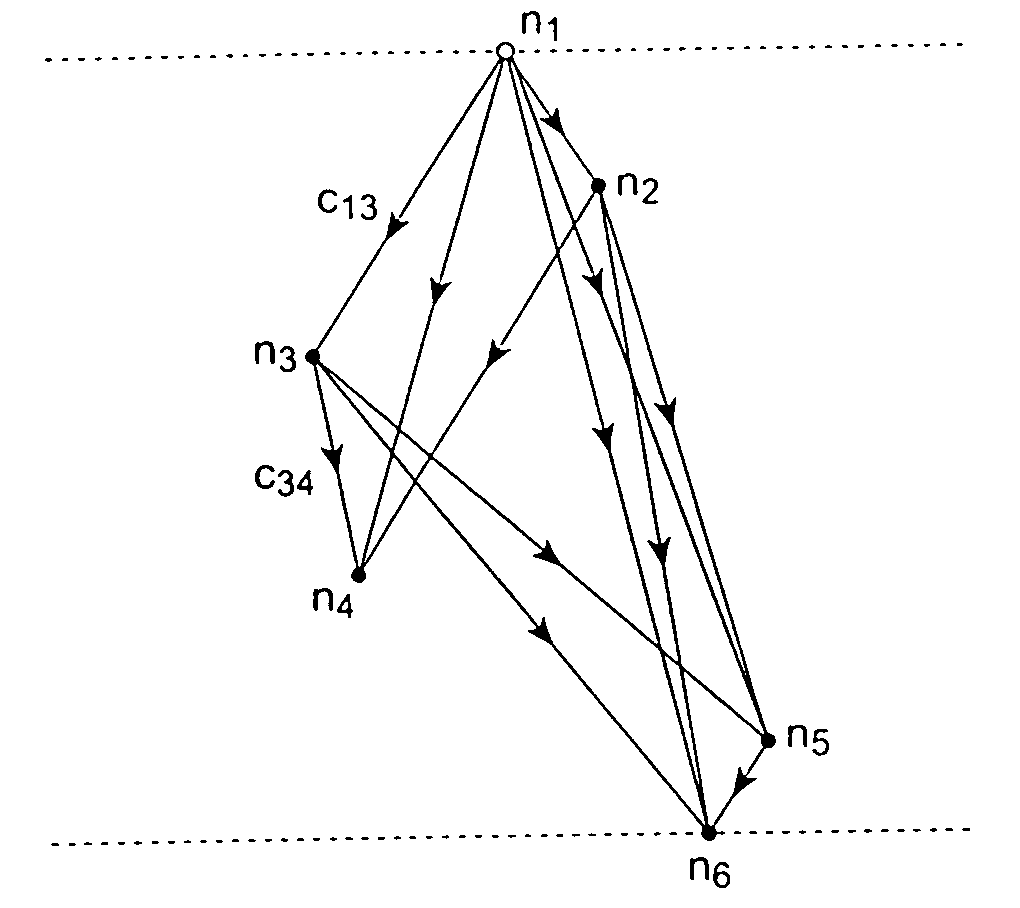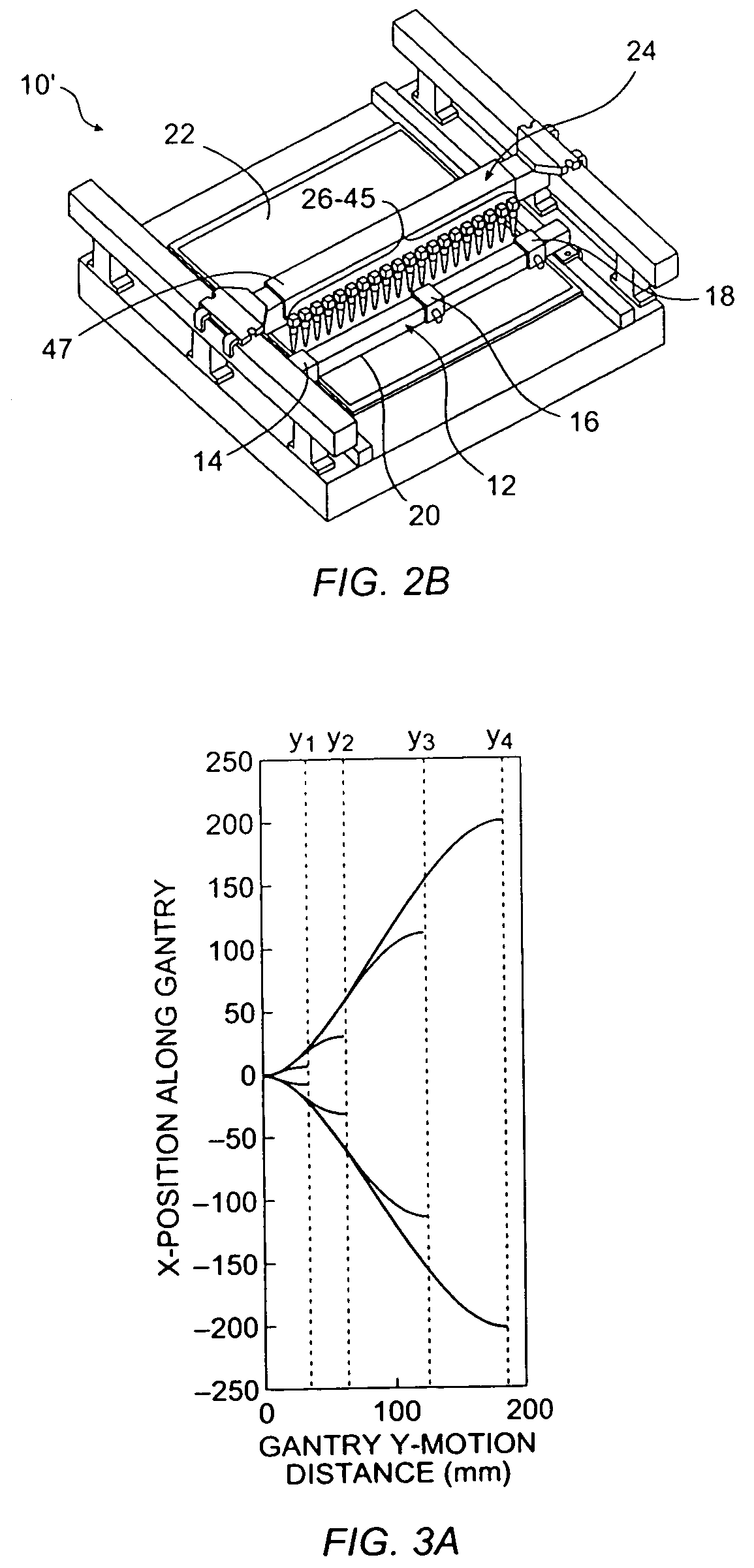Method and apparatus for flat patterned media inspection
a flat patterned media and inspection method technology, applied in optical apparatus testing, structural/machine measurement, instruments, etc., can solve the problems of direct impact on inspection speed and system cost, over etching and under etching, and introduction of various production defects, so as to reduce the need for human intervention, increase the cycle time efficiency of the overall scheme, and minimize the effect of human intervention
- Summary
- Abstract
- Description
- Claims
- Application Information
AI Technical Summary
Benefits of technology
Problems solved by technology
Method used
Image
Examples
Embodiment Construction
[0037]Referring to FIG. 1, there is an illustration of some of the possible defects that can be found during the manufacturing process for LCD panels. These include a metal protrusion 110 into an ITO layer 112, an ITO protrusion 114 into metal 116, a so-called mouse bite crack 118 in metal 112, an open circuit 120 in metal 116, a transistor short 124 in the transistor 122 of a pixel, and a foreign particle 126 in any region. Each of these types of defects must be detected, classified and if possible repaired.
[0038]According to the invention, an inspection platform 10 (FIG. 2A or 2B) is provided with a Defect Review Sub-System (DRS) 12 which comprises a plurality of substantially identical, comparatively higher resolution imaging optics and optical-to-electrical converters together forming a set of camera modules 14, 16, 18 that are capable of moving together, as on a gantry 20 along the length of the article to be inspected 22 in coordination with scanning motion of a Defect Detecti...
PUM
| Property | Measurement | Unit |
|---|---|---|
| defect | aaaaa | aaaaa |
| dynamic defect review | aaaaa | aaaaa |
| distance | aaaaa | aaaaa |
Abstract
Description
Claims
Application Information
 Login to View More
Login to View More - R&D
- Intellectual Property
- Life Sciences
- Materials
- Tech Scout
- Unparalleled Data Quality
- Higher Quality Content
- 60% Fewer Hallucinations
Browse by: Latest US Patents, China's latest patents, Technical Efficacy Thesaurus, Application Domain, Technology Topic, Popular Technical Reports.
© 2025 PatSnap. All rights reserved.Legal|Privacy policy|Modern Slavery Act Transparency Statement|Sitemap|About US| Contact US: help@patsnap.com



